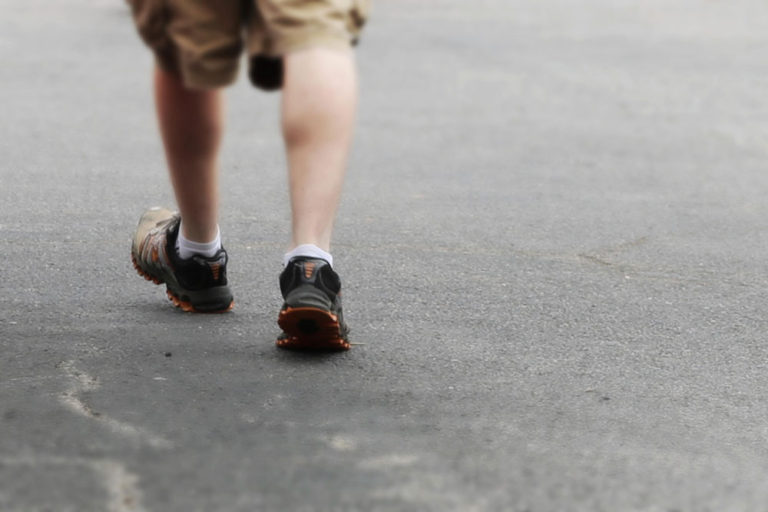
Peripheral artery disease (PAD) is a silent killer.
More than 9 million Americans have PAD, a common and dangerous vascular disease that can lead to heart attack, stroke, amputation or death. PAD occurs when arteries in the legs become narrowed with fatty deposits, reducing blood flow to the legs. Blocked arteries found in people with PAD can be asignal that other arteries, including those in the heart (coronary arteries) and neck (carotid arteries), may also be blocked, which can dramatically increase the risk of a heart attack or stroke. Everyone over age 50 is at risk for PAD, and risk increases if a person has history of coronary heart disease or stroke, smoking, diabetes, high blood pressure or abnormal cholesterol.
However, some people with PAD may have one or more of the following symptoms:
[icon_list_item icon=’fa-heart’ icon_type=’transparent’ icon_color=’8e2b28′ icon_top_gradient_background_color=” icon_border_color=’undefined’ title=’Heaviness, tiredness or cramping (“claudication”) in the leg muscles that occurs during activity such as walking and goes away with rest.’ title_color=” title_size=”][icon_list_item icon=’fa-heart’ icon_type=’transparent’ icon_color=’8e2b28′ icon_top_gradient_background_color=” icon_border_color=’undefined’ title=’Foot or toe pain at rest that often disturbs sleep.’ title_color=” title_size=”][icon_list_item icon=’fa-heart’ icon_type=’transparent’ icon_color=’8e2b28′ icon_top_gradient_background_color=” icon_border_color=’undefined’ title=’Skin wounds or ulcers on the feet or toes that are slow to heal.’ title_color=” title_size=”]
To determine if a patient has PAD, a doctor may employ a simple test called the ankle-brachial index. This is a painless, non- invasive test to determine the severity of blockages. Similarly, other sophisticated non-invasive tests such as carotid doppler and stress test may be utilized to determine blockages in the brain and heart arteries.
To learn more about PAD, please check out CardioVisual, a free app created by a practicing cardiologist that allows you to view short videos detailing all aspects of PAD, including procedures and treatments.